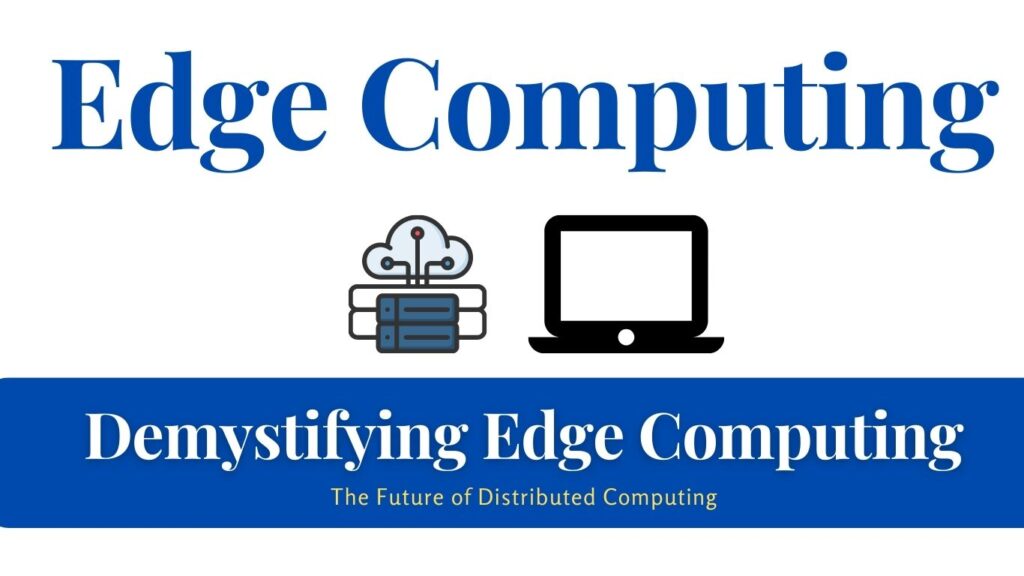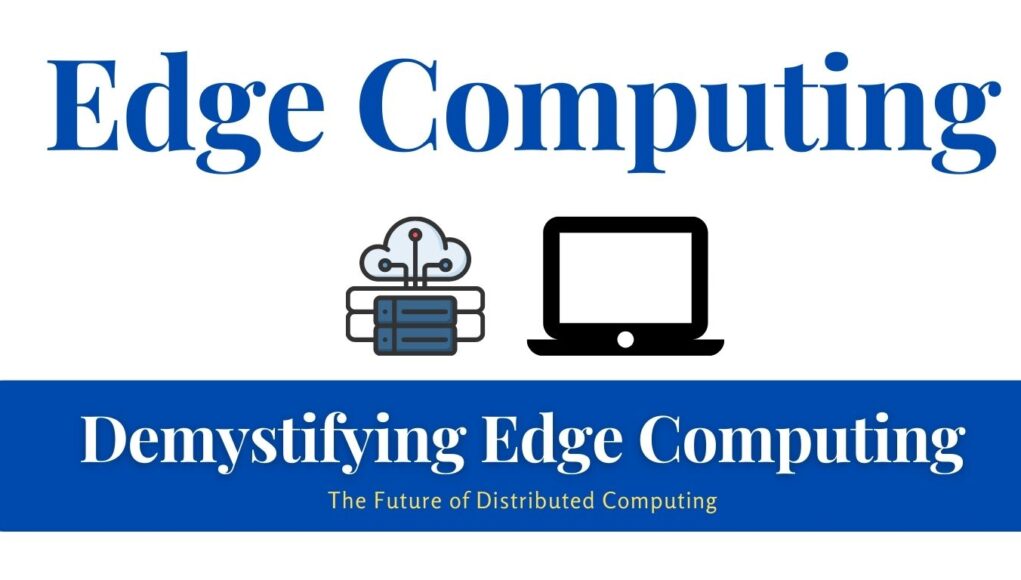In recent years, there has been a growing buzz around Edge Computing (EC) and its potential to revolutionize the world of technology. But what exactly is edge computing, and how does it differ from traditional cloud computing? In this blog post, we will demystify edge computing, explore its benefits, and discuss its potential as the future of distributed computing.
- Introduction: The Rise of Edge Computing
- Understanding EC: Processing Data at the Source
- Benefits of Edge Computing: Improved Latency, Security, and Efficiency
- Challenges and Considerations: Interoperability, Resource Management, and Data Consistency
- Conclusion: The Future of EC and its Impact on Industries

Introduction
Edge computing gains attention for revolutionizing technology. EC handles massive data volumes from IoT. In this blog, we’ll explore its benefits and potential as future distributed computing.
Understanding Edge Computing
Processing Data at the Source
At its core, EC processes data closer to the source, reducing latency and dependence on cloud infrastructure. Traditional cloud computing sends data to remote data centers, resulting in latency and bandwidth limitations. EC brings computing resources closer to data generation, enabling faster processing, lower latency, and improved efficiency.
Benefits of Edge Computing
Improved Latency, Security, and Efficiency
Edge computing offers a range of benefits that make it a promising technology for the future of distributed computing. One of the key advantages is its ability to reduce latency and improve responsiveness. With critical data processed locally at the edge, applications that require real-time decision-making, such as autonomous vehicles, can operate more efficiently and safely without relying on a remote cloud server.
EC enhances security and privacy by processing data locally, keeping sensitive information within edge devices. Reduces risk of data breaches and ensures compliance with data privacy regulations. This is especially crucial in industries such as healthcare and finance, where data security is of paramount importance.
EC minimizes data transmission, reduces network congestion, and improves performance. Enables new applications and services. Smart cities benefit from EC for optimizing traffic flow, energy management, and public safety.
Challenges and Considerations in Edge Computing
Interoperability, Resource Management, and Data Consistency
Despite its advantages, edge computing also presents challenges that need to be addressed. One challenge is the need for standardized protocols to ensure interoperability and seamless communication between edge devices and cloud infrastructure. Another challenge is the management of distributed resources, as EC involves deploying computing resources in a decentralized manner, which requires effective management and coordination.
Ensuring data consistency across edge nodes is also a challenge, as data may be processed and stored in different edge devices. This requires robust data management strategies and synchronization mechanisms. Additionally, the scalability of EC solutions needs to be carefully considered, as the number of edge devices and the volume of data generated continue to grow rapidly.
Conclusion
The Future of EC and its Impact on Industries
In conclusion, EC represents a paradigm shift in how we process and analyze data, bringing computing resources closer to the source of data generation. Its potential to offer lower latency, improved efficiency, enhanced security, and new opportunities for innovation make it a promising technology for the future. Widespread adoption of ECrequires addressing challenges such as standardized protocols, resource management, and data consistency. As more organizations adopt EC in their operations, we can expect to see a transformative impact on various industries,






















